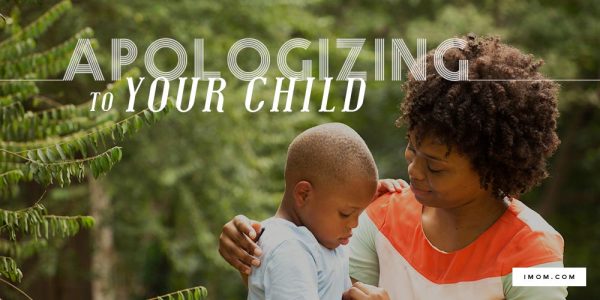4-Step Apology: Apologizing to Your Child

Saying I’m sorry is never easy, and saying
I’m sorry to your child might be even harder. But remember, they learn how to
forgive and how to ask for forgiveness from you. So not only can you repair
damage done if you’ve made a mistake but you are also teaching them at the same
time. Do you wonder how to say I’m sorry to your child? Here are four things to
do when apologizing to your child.
1.
Make an unconditional apology
An unconditional apology focuses on our
responsibility in the matter, not our child’s. It should sound something like
this, “I was wrong for what I did and I am so sorry.” Period. We don’t make
excuses or point the finger at our child. A conditional apology sounds like
this, “I am sorry, BUT IF YOU wouldn’t have made me…” That is NOT an unconditional
apology.
2.
Humbly ask for the gift of forgiveness
Again, since forgiveness is not a given, we
must ask for it. {Tweet This} After
our apology, we need to sincerely ask our child to forgive us.
3.
Follow up with action
This is what makes apologizing and asking for
forgiveness effective. Our actions and attitudes need to speak as loudly as
our words.
If we keep making the same mistake over and over again, our apologies will
start to ring hollow.
4.
Give your child time
Even if our child does accept our apology and
grant forgiveness, we can’t expect things to be better right away. She might
get over the small things quickly (especially if she’s a young child), but for
bigger things (and older children), it can take time for our child to warm up
to us again. Be patient. Time will show that you are changing and are
sincere about not hurting your child again.
Your ability to forgive is just one area that
my kids are watching me.
Source: imom.com
Writer: Nacy Jergins

Add New Comment